Sportstats’ most active racer on her 2017 year in review
Alana Bonner is Sportstats most active member, with 269 total claimed races. She’s 37 years old and lives outside Montreal, in Pincourt, Quebec, and tries to race every weekend. Her secret? She doesn’t get too up or down. She treats race day like any other day, with no wild celebrating afterwards and no down time, either. She races because she loves it. Because it’s fun. And because she loves being active. We asked her to recap her 2017 at the Sportstats races.
iRun: How many races did you run in 2017?
Alana Bonner: 52.
iRun: How many kilometers of racing does that add up to?
AB: 387.5kms of racing thus far this year (plus 276kms of bike racing in duathlons) with 44.5 more kms of racing to go before the year is done. My total tally in 2017 will include 13 duathlons, 8 half marathons and 31 other races ranging in distance from 2k to 10k.
iRun: Where have you raced in this year?
AB: I’ve raced in 5 US states (Hawaii, Florida, New York, Connecticut and Massachusetts) with 2 more races to do in the US this year (Vermont & Massachusetts). And I’ve raced in 2 provinces (Québec & Ontario) in a total of 29 different cities with 2 more new cities before the year is done!
iRun: Which race had the best medal?
AB: It’s a tough call as I’ve earned some very pretty medals this year, all of which have come with great memories which the medals hanging on my wall serve as a reminder of! I can only narrow it down to a top 6 (in no particular order!): the Hartford Half Marathon, the Montreal Hypothermic Half Marathon, the Mack Cycle Miami Duathlon, the United Airlines NYC Half, the Kauai Half Marathon and the OKA 5k. Here’s a photo of all 6 for you to be the judge!
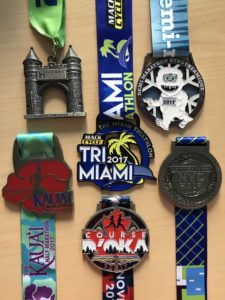
iRun: What was your favorite race this year?
AB: My favourite race this year was the United Airlines NYC Half in March. It was my first time racing the event and it did not disappoint. With a race start in Central Park and a course that takes you through Times Square, it was a very memorable event to say the least! I hope to run it again in 2018 to try out their new course which is scheduled to start in Brooklyn and finish in Central Park.
iRun: What’s your criteria for choosing a race?
AB: First and foremost, is the race chip-timed by a company I can trust? I train hard and race hard so I want my results to be timely, accurate, easily accessible and dependable. That’s why the majority of the events I choose to run are timed by Sportstats, Canada’s leader in sport-event timing.
iRun: What’s your favorite running route?
AB: I’ve mapped out a great 10k loop near my home with a large portion of it along the Outaouais/Ottawa River. What I love the most about it is the different scenery, wildlife and overall running conditions as the seasons change!
iRun: What’s your favourite training?
AB: I love to run 8k steady at half marathon race pace and then finish with 2kms at 5k race pace.
iRun: Have you ran any inaugural races this year? If so, which was your favorite and why?
AB: Yes! I ran the 1st edition of the P’tit Train du Nord Half Marathon in October. The P’tit Train du Nord (which translates to “Little Train of the North” in English) is a 200km bike/run trail which travels through the Laurentians north of Montréal and is built on an old railway line which closed in the 1980s. This point-to-point race travels from north to south, offering a full and half marathon along the lovely path with cool, crisp fall temps, lovely autumn scenery, and an overall negative drop from start to finish. I look forward to racing it again next year!
iRun: Which was the most challenging race course this year?
AB: I ran a 10k on steep snowy trails in the woods of Mont Orford National Park in February. Definitely one of the toughest courses I ran all year! I wore my special Icebug brand shoes with studs on the bottom and they were perfect for the extreme winter running conditions! Icebug’s slogan is “safe grip, free mind” and I can say they definitely live up to it!
iRun: What do you eat before a race?
AB: Peanut butter sandwich on white bread about 2 hours before my race and then a Fruit3 Xact Nutrition performance energy fruit bar minutes before the race start.
iRun: What’s your favourite model of shoes?
AB: This year I tried out the New Balance 1400V5 and love them. They are 6.1oz with a 10mm drop, with a fantastic fit and feel!
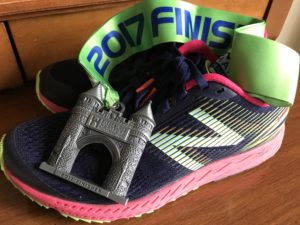
iRun: What are your goals for 2018?
AB: To stay injury free, run strong, increase speed over every distance I race and have fun collecting memories and maybe a few medals along the way!




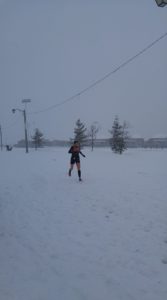
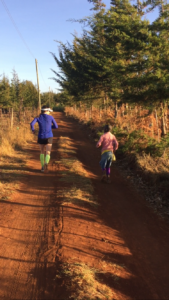
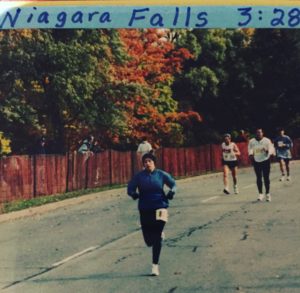




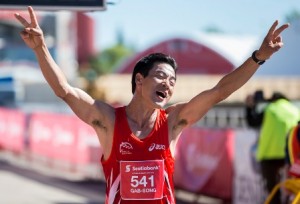
 that allowed her to travel across the globe and explore different running cultures. The journey begins during the London 2012 Olympics, where an associate manages to arrange for Wade to have dinner with Usain Bolt, and jumps to Japan, Switzerland, New Zealand, and Ethiopia among others.
that allowed her to travel across the globe and explore different running cultures. The journey begins during the London 2012 Olympics, where an associate manages to arrange for Wade to have dinner with Usain Bolt, and jumps to Japan, Switzerland, New Zealand, and Ethiopia among others. but often the assumption is that grit is innate. Psychologist Angela Duckworth unpacks grit into key components and uses case studies ranging from military academy recruits to spelling bee champions to demonstrate how grit can actually be cultivated. Concepts like deliberate practice (Don’t neglect your track workouts, people!), adopting a growth mindset, and constantly renewing your interest are made real and practical in Duckworth’s book.
but often the assumption is that grit is innate. Psychologist Angela Duckworth unpacks grit into key components and uses case studies ranging from military academy recruits to spelling bee champions to demonstrate how grit can actually be cultivated. Concepts like deliberate practice (Don’t neglect your track workouts, people!), adopting a growth mindset, and constantly renewing your interest are made real and practical in Duckworth’s book.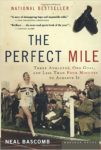 . Bascomb’s book is the story of Bannister, Aussie John Landy, and American Wes Santee, all gifted athletes who eventually found themselves hovering a nice round number (the book also does a good job of showing how arbitrary some of these barriers can be) and entered an arms race to be the first to crack it.
. Bascomb’s book is the story of Bannister, Aussie John Landy, and American Wes Santee, all gifted athletes who eventually found themselves hovering a nice round number (the book also does a good job of showing how arbitrary some of these barriers can be) and entered an arms race to be the first to crack it.

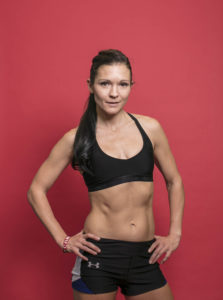


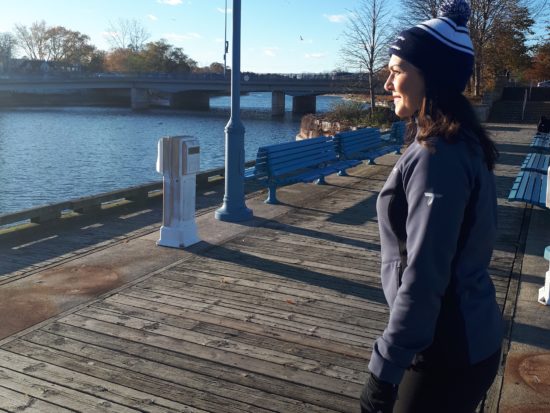
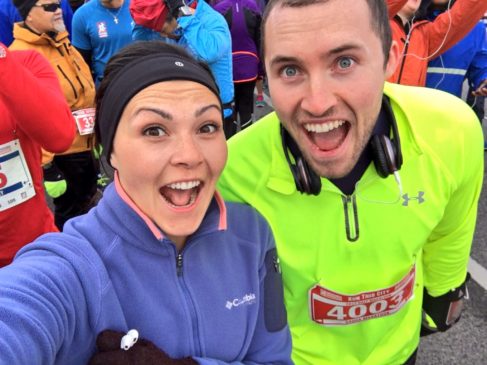


 Our Magazine
Our Magazine Previous Release
Previous Release
